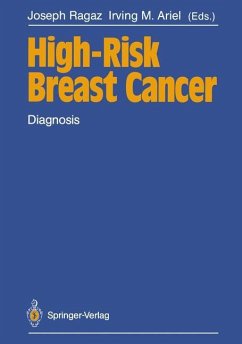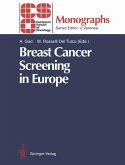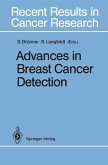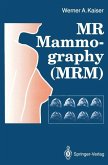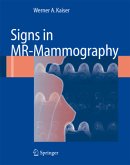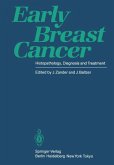The most meaningful reward to clinicians and researchers is the absence of recurrent malignancy in their patients. While in some patients the disease will be cured by resection alone, in other similarly staged cases the disease will recur despite adequate loco regional and systemic therapies. Hence, risk assessment is a complex issue with many related or unrelated prognostic factors determining outcome. The purpose of this volume is to review some of the most relevant prognostic factors of newly diagnosed breast cancer, focusing on fea tures determining the magnitude of risk. The ultimate value of establishing the significance of each prognostic factor in a given patient will be the resulting ability to plan individu alized therapies for patients at different risk of recurrence at the time of diagnosis. To secure the maximum benefit for high-risk patients, while avoiding undue toxicity in those with low-risk lesions, a well-integrated analysis of all known prognostic factors willbe essential in the early postdiagnos tic period. In addition to well-established staging criteria such as axillary nodes, tumor size, receptors, scanning and radiographic examinations, the more sophisticated labora tory techniques, as discussed by several authors herein, will playa crucial role in risk assessment. Most of them, - ploidy determination, oncogenes, tumor markers, monoclonal anti bodies, growth factors, etc. -are presently available in only a minority of treatment centers.

